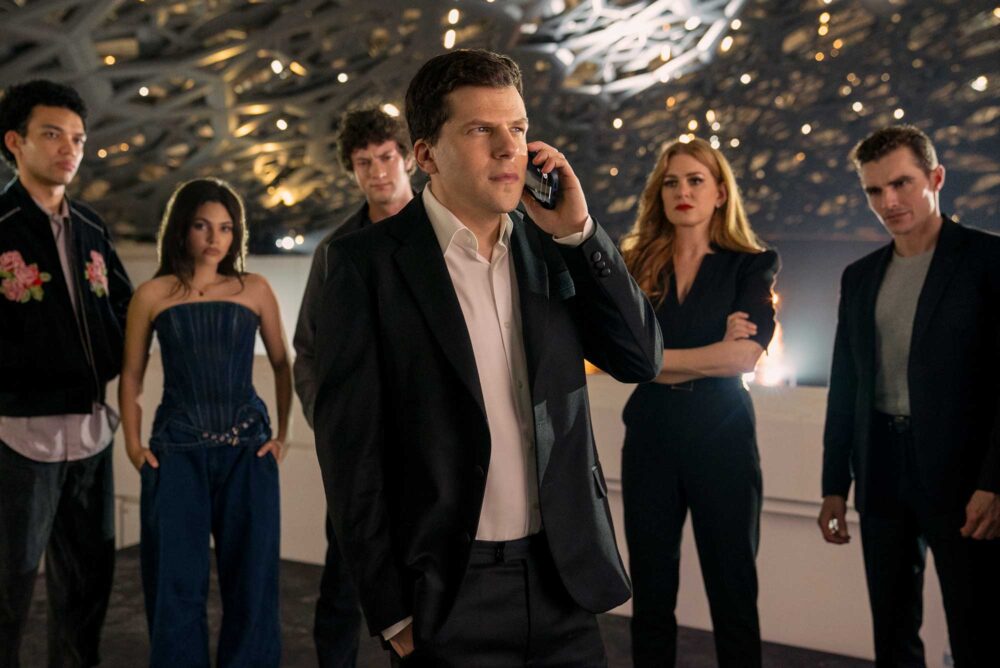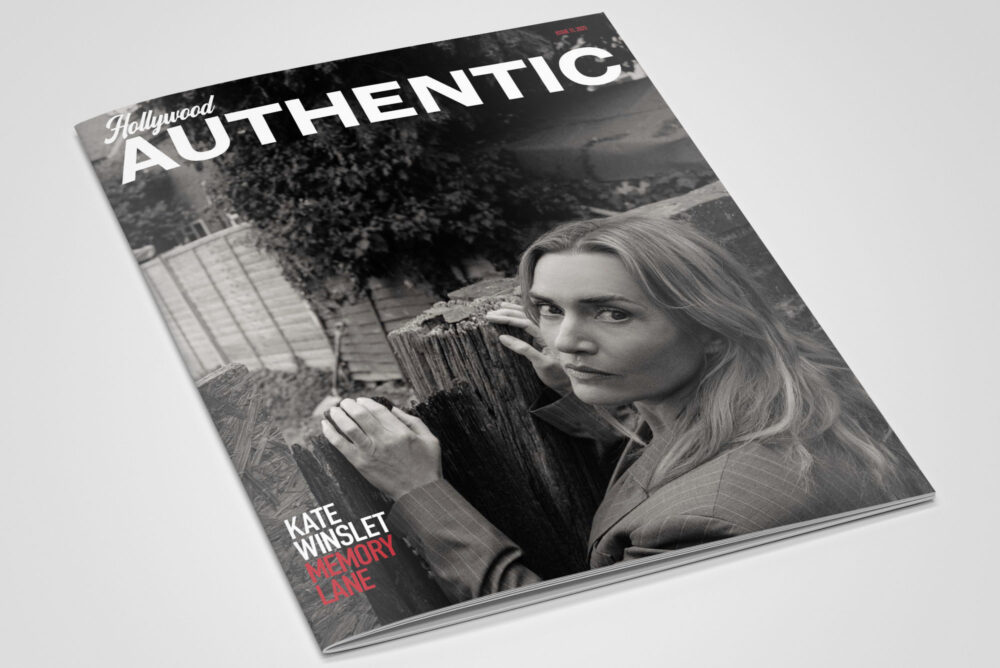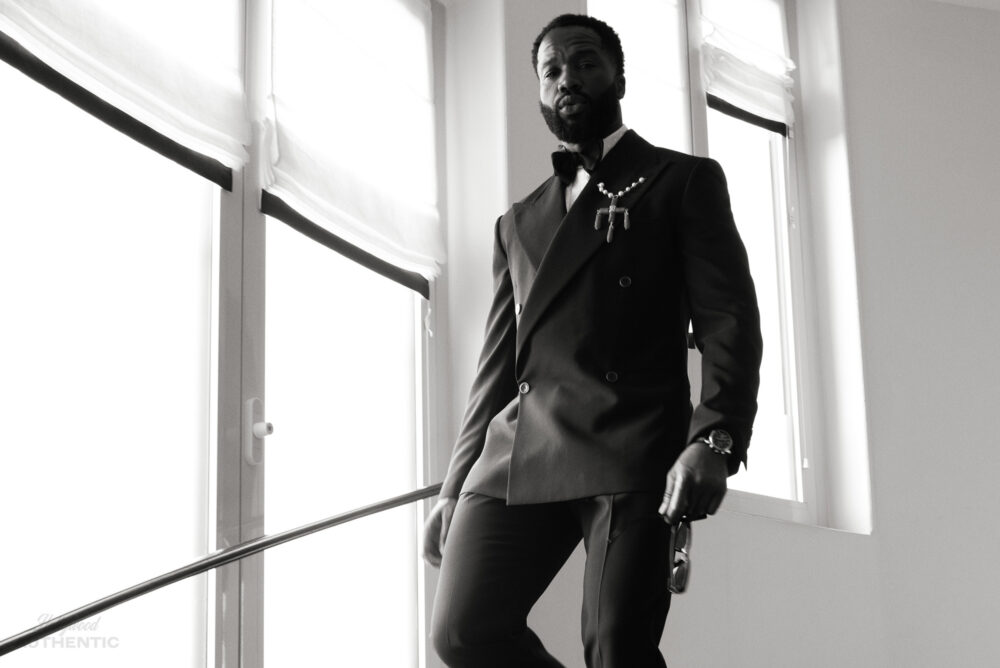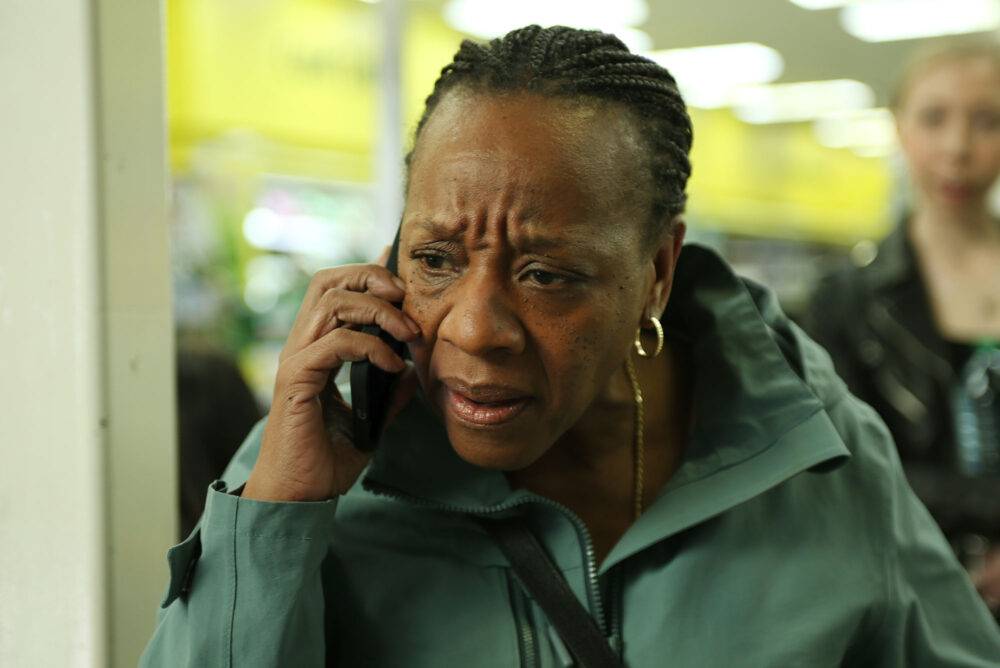Photographs MARK READ
Words by MATT MAYTUM
Ninety years ago, LA opened an observatory high in the hills to watch the firmament above – and the Hollywood community below. Fifty years ago, it starred in landmark teen picture Rebel Without a Cause, making an icon of James Dean. Hollywood Authentic celebrates the Deco architectural beauty that remains a jewel in the crown of La La Land and cinema.
Perched above Hollywood, clinging to the side of the hills, is a white landmark of Los Angeles known around the world as synonymous with the city and the industry that thrums in it. Not the Hollywood sign but, across the canyon from that former real estate-hoarding, the Griffith Observatory. We’ve all driven the winding road or hiked up from the Greek Theatre to take in the picture postcard view. But perhaps we’ve taken this most cinematic of LA locations for granted, not appreciating its unique history and use, and its contributing role to making a legendary film such an enduring classic.
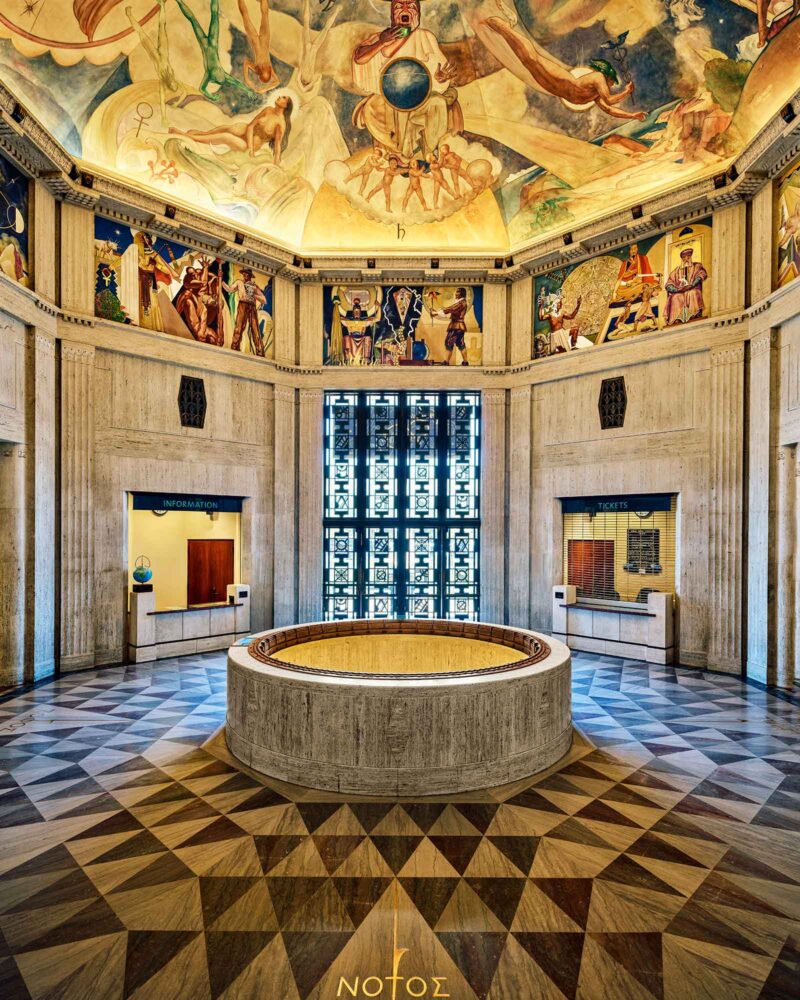
On 27 October, the 90-year-old observatory offers visitors the chance to step inside 1955’s Rebel Without a Cause during its 70th anniversary year with a special on-site screening. The only film in which James Dean got top billing during his short-lived but brilliant career, Rebel Without a Cause not only contributed to the actor’s legend but was one of the so-called ‘teen’ pictures that shaped a key box-office demographic. Dean plays high schooler Jim, who arrives at the observatory on a school trip. After a presentation in the planetarium, he ends up on the west terrace, where a slashed tyre leads to a flick-knife fight, and later a fateful game of chicken. The Griffith Observatory is baked into Rebel’s milieu, a culturally and socially important spot that not only promotes astronomy and invites visitors to scientifically engage with the world, but also honours Dean’s legacy. The actor is memorialised in a bronze bust that watches over the front lawn, framed by the Hollywood sign behind it.
Though it has appeared in countless movies, the observatory’s prime purpose has always been to look towards the stars. ‘California was like the Alexandria of the world for astronomy in the early 20th century,’ Dr. E. C. Krupp, acting director of the Griffith, tells Hollywood Authentic about how the building reflects the Golden State’s long connection to the skies. ‘Great telescopic innovations took place here… And now the tentacles of California astronomy extend all over the place. It’s just part of what modern astronomy has all become.’
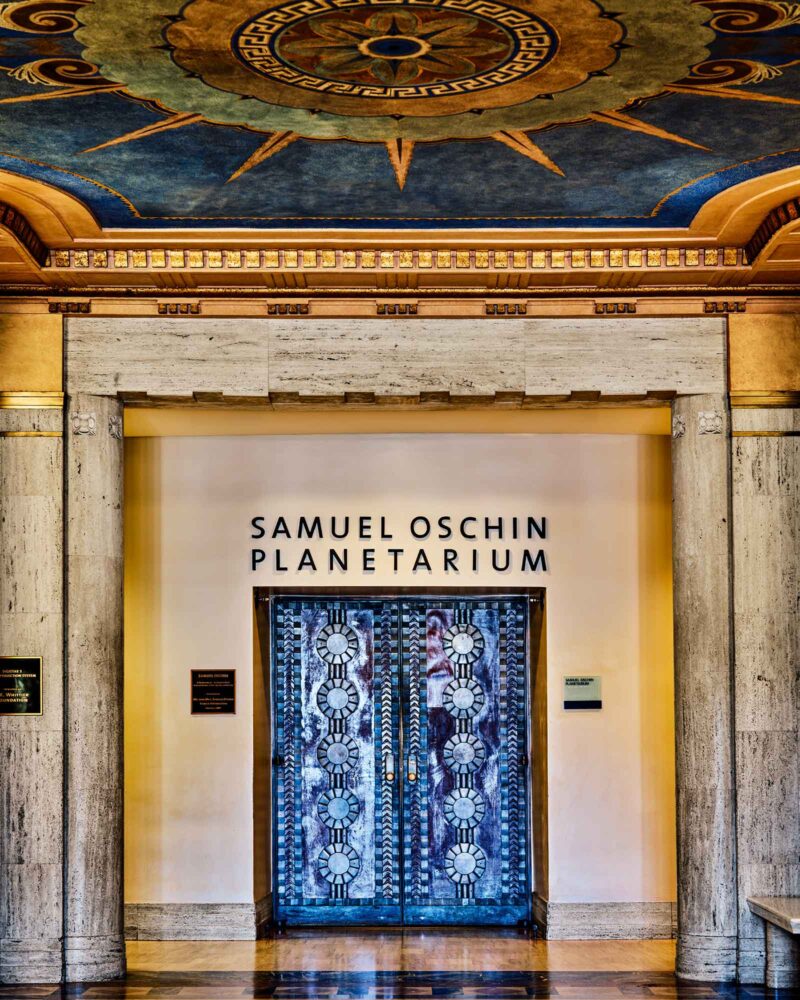
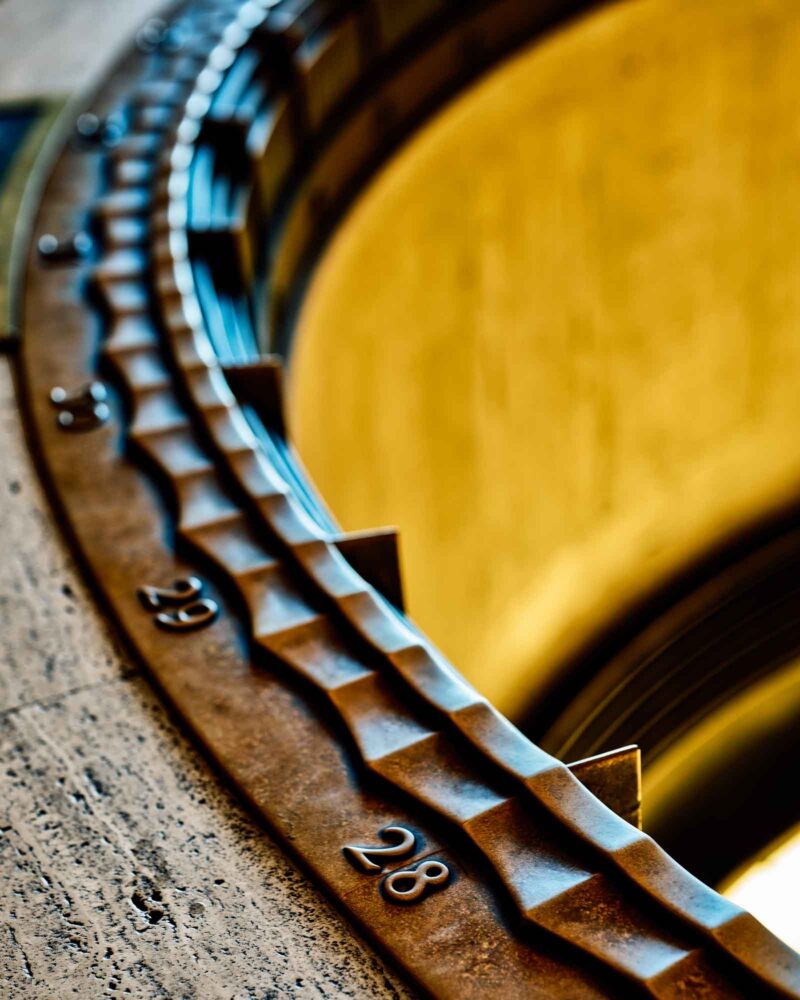
The observatory’s roots are as old as cinema itself. It all started in 1896 with Griffith J. Griffith, the benefactor who gave his name, and his land, to the park and observatory. Born in Wales, Griffith made his name and fortune as a United States citizen. A silver-mining expert and a journalist, he cannily made his money from Mexican mines, and subsequently invested in Californian real estate. Settling in Los Angeles County, he bought Rancho Los Feliz in 1882, where he’d live out the rest of his days. It was touring Europe that really gave him the drive to create what would become his defining legacy, leaving him better remembered as a philanthropist than an industrialist. He was enchanted and inspired by Europe’s public parks, and felt that his adopted home needed one of its own. Griffith bequeathed 3,015 acres of the ranch to the City of Los Angeles, as a way to ‘pay my debt of duty in this way to the community in which I have prospered’. Later, following a fascination with astronomy that blossomed thanks to visits to Southern California Academy of Sciences’ Astronomical Section, he offered the city $100,000 dollars to build the observatory, on the strict condition it would remain free for the public to access, and owned and operated by the city in perpetuity. As cinema would bring culture to the masses, Griffith Observatory and Park would keep science and nature accessible to all.
Key to the observatory’s longevity has been its location on the south side of Mount Hollywood. ‘The view isn’t just a nice thing that the observatory provides,’ Krupp insists. ‘The view offers perspective. And that’s what the observatory is all about. It’s a perspective that begins at the Earth, and goes into the universe. You begin to get an inkling of that when you see the basin spread out before you, to the ocean and the mountains…. And it begins to become apparent that there’s this bigger picture.’
Perhaps inevitably, such a grand undertaking was not completed in Griffith’s lifetime; he died in 1919, though his will contained instructions that bear the tenets of the observatory’s mission to this day, enacted by a trust, and construction on the three-domed structure eventually got underway in 1933. While there’s a timeless quality to the clean lines of the observatory – the symmetry of the large central dome flanked by smaller domes on either side, the precise rectangular lines of the main building and windows, and the geometrical precision of the lawn that surrounds the Astronomers Monument out front – the Art Deco style reflects the fashion of the time it was built. There are also Moderne and Modified Greek influences, with the overall plan nodding to Beaux-Arts. Concrete was decided on for the outer walls for its earthquake-proof durability, but Greek-style fluting lent it an enduring, classic look. The entrance doors are bronze and glass and the domes copper, while the interior features marble and travertine.
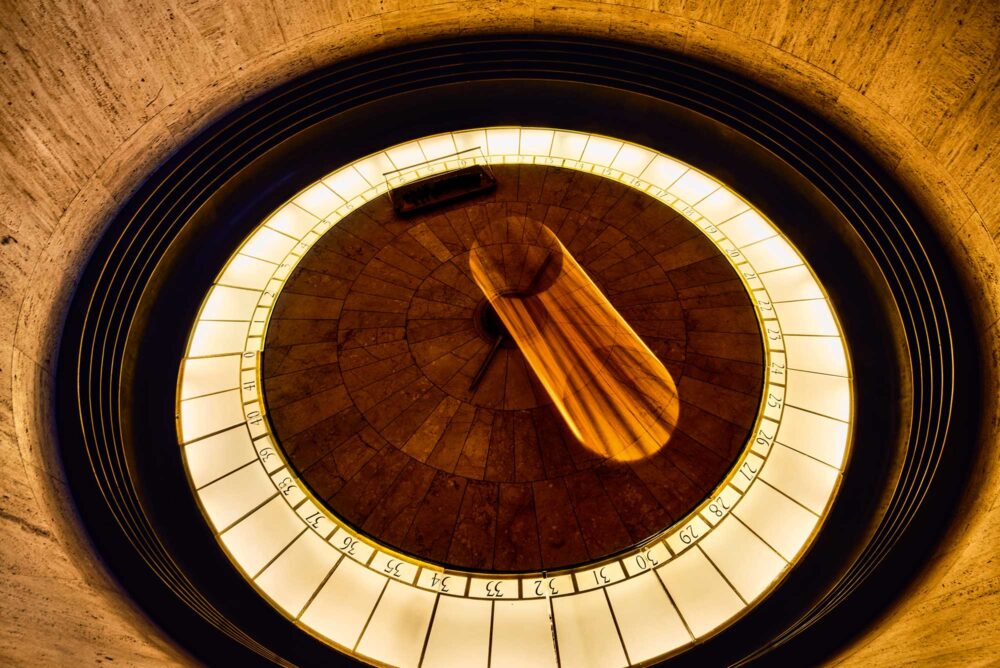
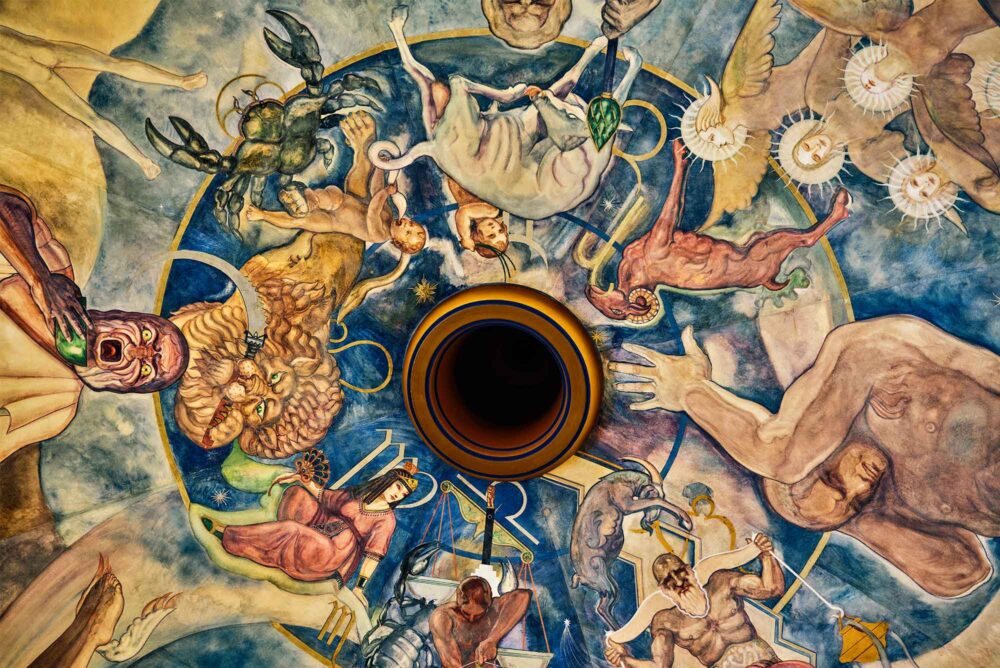
It’s mind-boggling to comprehend the level of thought and planning that went into making the Observatory one with the stars and the universe it aspires to shed light on. Architecturally cardinally oriented and built to be used as an instrument itself
It’s mind-boggling to comprehend the level of thought and planning that went into making the observatory one with the stars and the universe it aspires to shed light on. Architecturally cardinally oriented and built to be used as an instrument itself, the site boasts the Gottlieb Transit Corridor on its west side, which aligns the building with a north-south meridian line. The concept of the approach is that the building is designed to make the visitor an active observer the minute they step off their hiking trail or out of their car. That Astronomers Monument is a concrete tribute to six pioneering historical figures from the field including Nicolaus Copernicus, Galileo Galilei and Isaac Newton. Each figure was sculpted by one of six different artists, though the style of Newton might look familiar to LA residents. He was designed by George Stanley, most famous for sculpting the Muse statue at the Hollywood Bowl and the iconic Oscar statuette. Also out front, the 34in sundial casts a shadow back to the earliest days of astronomy and timekeeping (and can be adjusted for Daylight Savings). It’s also a tangible embodiment of the Earth’s rotation and axis, giving an essential sense of perspective before you step inside.
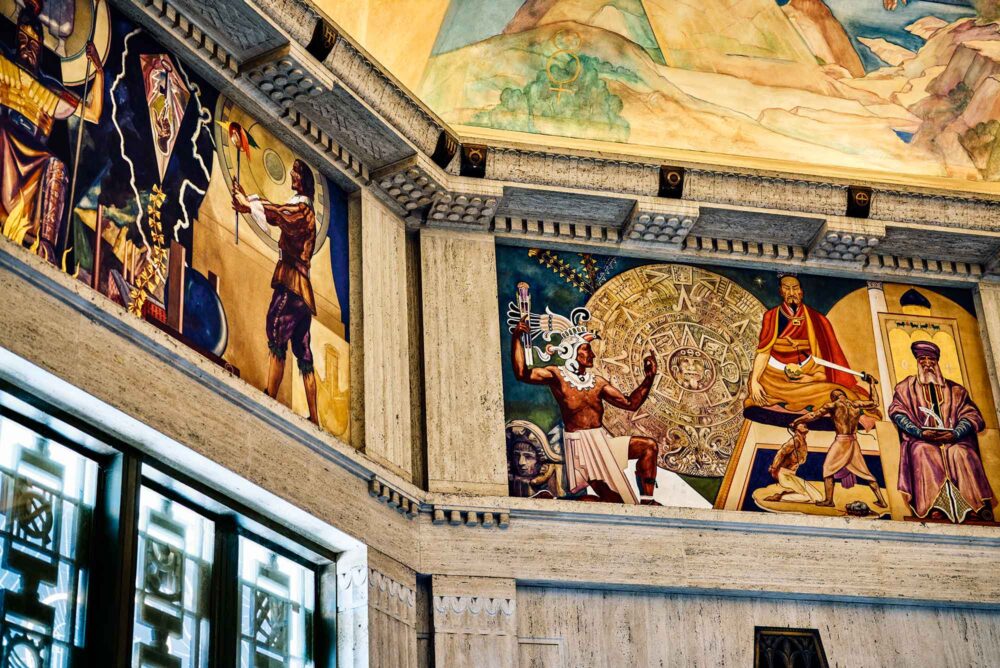
Another mesmerising use of ancient fundamentals is visible in the Foucault pendulum in the W.M. Keck Foundation Central Rotunda. The hypnotic instrument has been a fixture of the observatory since opening. Attached to the ceiling on a 40ft cable, the 240lb bronze ball swings constantly, with its plane of motion turning with the Earth over a 24-hour period, knocking down pegs to prove the shift. Also adding to the classical vibe are the murals on the walls and ceiling of the rotunda. Painter Hugo Ballin was also a film producer, and the artworks are an intersection between mythology and science, celebrating the god-inspired planets and zodiac constellations, as well as depictions of the ‘Advancement of Science’ (featuring topics as varied as engineering, time and biology). The rotunda of the building’s western dome focuses the three beams of sunlight using a coelostat (‘sky-stopper’ in Greek).
Of course, it wouldn’t be an observatory without a telescope, and Griffith can boast of having the most looked-through in the world. That honour goes to its Zeiss telescope, a 12in refracting telescope for nighttime stargazing. There are also three solar telescopes for keeping tabs on our ‘local star’, the sun, as well as coin-operated telescopes around the terrace for scoping out the surrounding area – including the one around which Jim and Buzz have their pivotal fight in Rebel Without a Cause.
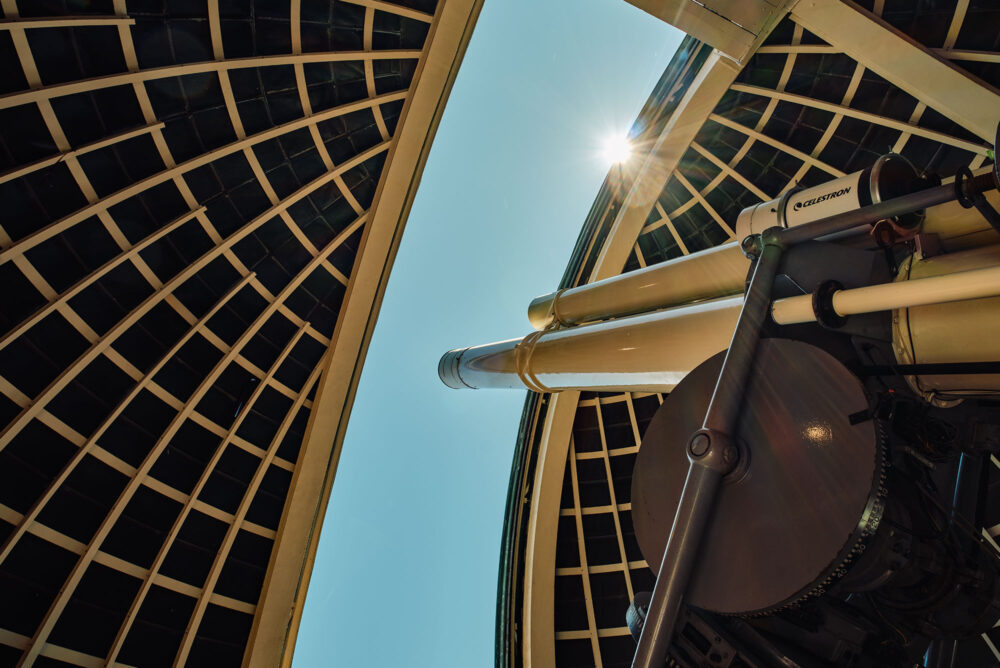

That film also brings us back to the planetarium – one part of the venue where a nominal fee is charged. It has always been a fixture, but was updated as part of the wider renovation and expansion the observatory underwent from 2002. With a new dome, star projector and digital laser projection system installed, the Samuel Oschin Planetarium can seat almost 300. While it marks an update of the experience that James Dean’s Jim and classmates sat through, the new planetarium had a recent memorable on-screen close up in Damien Chazelle’s Oscar-winning La La Land. Mia (Emma Stone) and Seb (Ryan Gosling) are literally dancing on air during an after-hours visit, following an entirely uncoincidental screening of Rebel. ‘Hollywood always has its eye on us,’ says Krupp. ‘And it has had its eye on us since even before the building opened.’
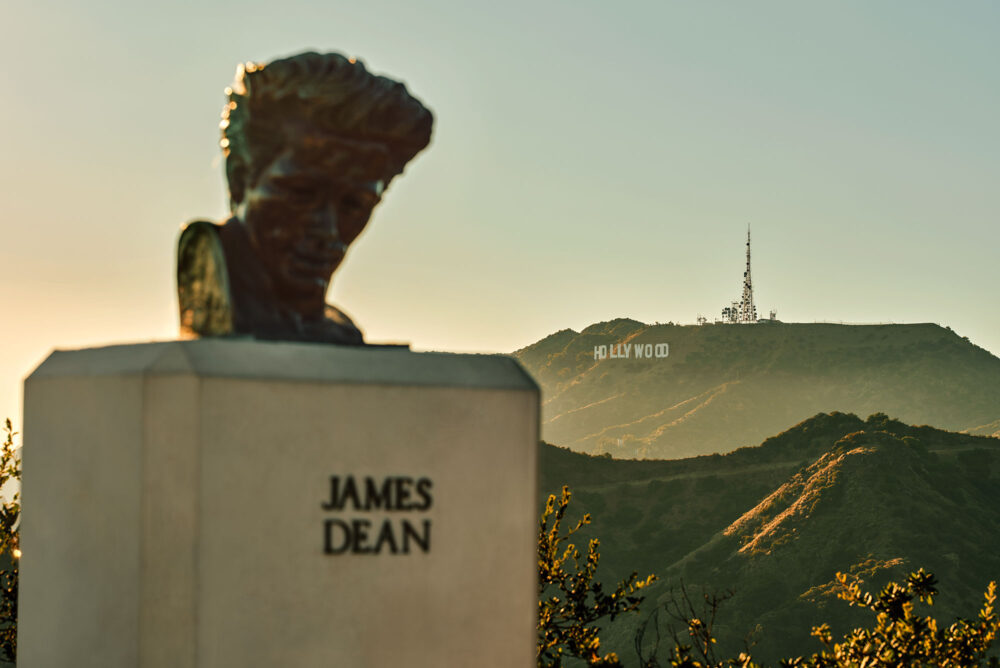
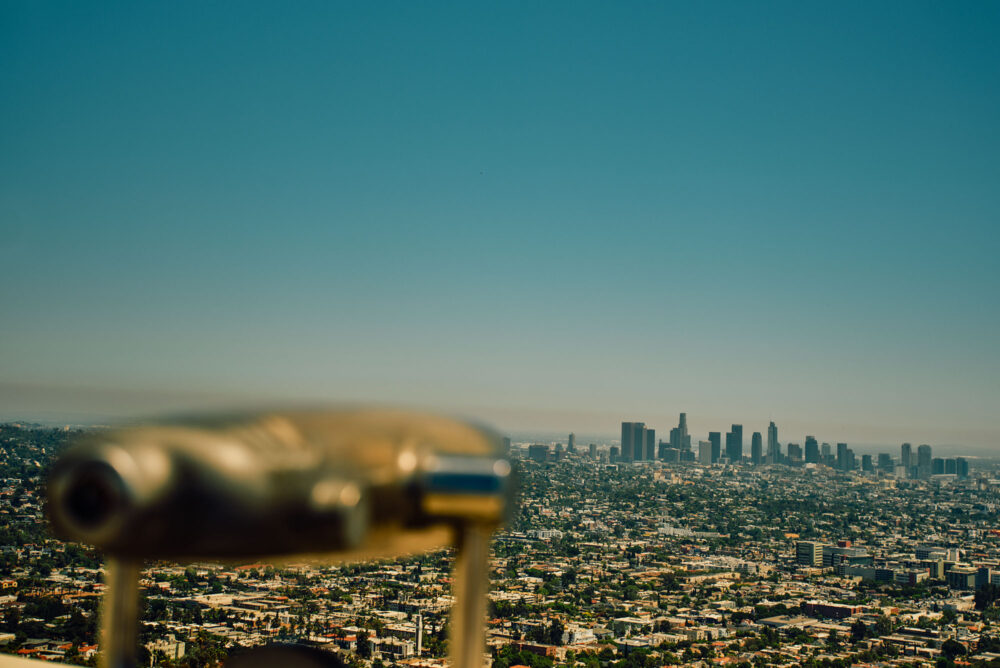
Countless other films have either shot at Griffith Observatory or referenced it, including The Terminator, Back to the Future, Who Framed Roger Rabbit, Transformers and Bowfinger. But Rebel has had the biggest impact, says Krupp, with La La Land providing a more recent boost. ‘Rebel Without a Cause made an indelible impression on the popular imagination, and it was unique in the sense that the theme of the film was absolutely bonded to the character of the place.’ Present for the La La Land shoot, Krupp watched the dancing sequence being filmed, the camera swirling to lens the murals before capturing Stone and Gosling spinning around the rotunda. He immediately headed to his deputy director, Mark Pine: ‘I said, “This movie is going to do for Griffith Observatory what Rebel Without a Cause did for it.” And it did.’
While the planetarium is a serious piece of scientific machinery that has been used over the years to help train pilots and astronauts in celestial navigation, it also provides an unmistakable metaphorical link between the observatory in the Hills and the Dream Factory’s signature product. Both offer the opportunity to be transported, see new worlds, and be part of something much bigger than yourself. Hollywood’s influence on Griffith Observatory even extends to its narrative approach. ‘I would not diminish the connection with Hollywood as somehow just a superficial element of us happening to be here,’ says Krump. ‘It goes deeper than that, and it has from the beginning. Our sensibility is, there’s a story to be told.’
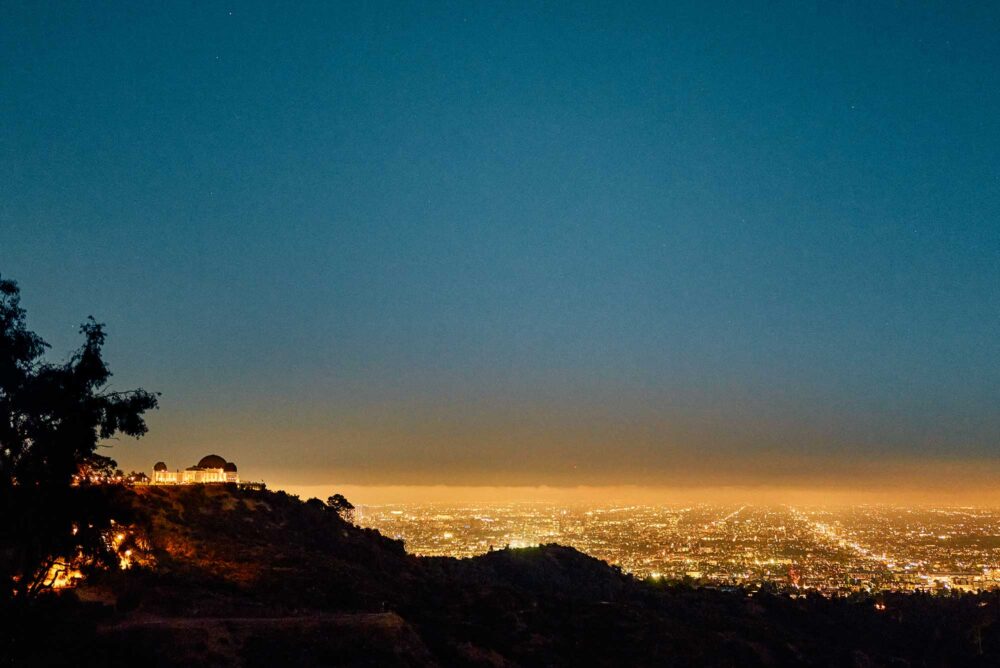
Photographs by MARK READ
Words by MATT MAYTUM
www.griffithobservatory.org



